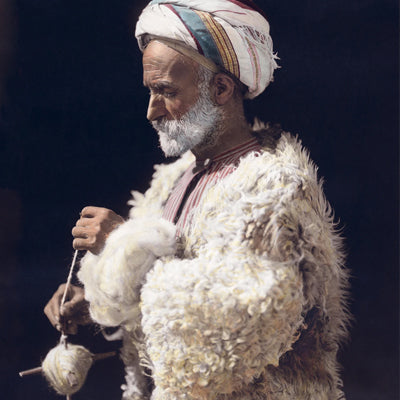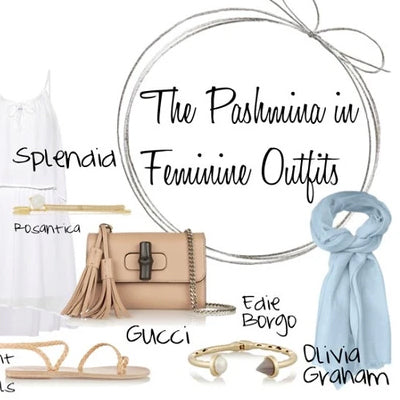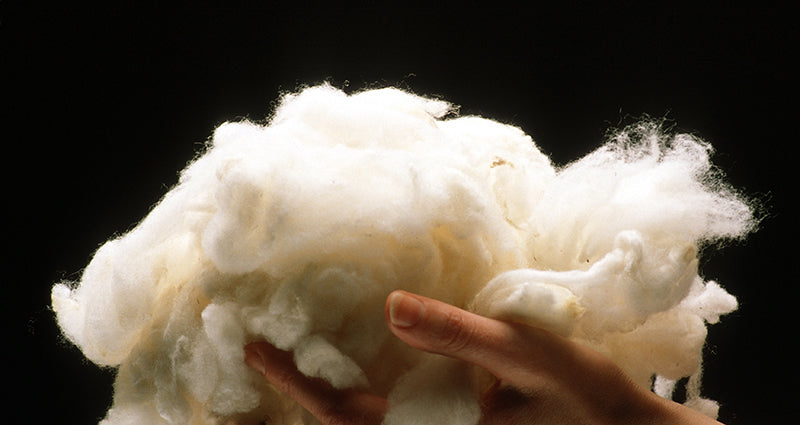A little history of Scent - early perfumes...
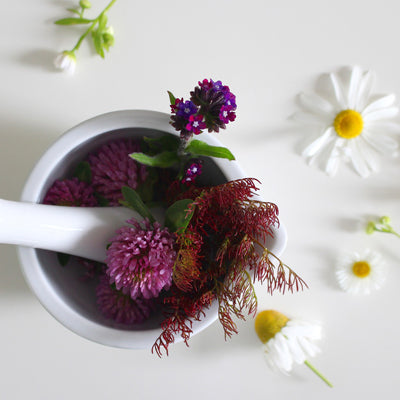
Am doing an online masterclass this morning on scared scents with Sal from Perfect Potion, which is very interesting and it got me thinking about the beginnings of perfume creation, here are a few highlights below...
While scent from nature has been enjoyed since time begun, a recent archeological find, is placing the world's oldest perfume industry in Pyrgos, Cyprus, believed to be more than 4,000 years old.
What is more surprising, is that this was not a little home business, but archaeologists found was an enormous 43,000 sq ft perfume-making factory with at least 60 distilling stills, mixing bowls and perfume bottles found. This site was found perfectly preserved after being blanketed in earth following an earthquake around 1850 BC.
And the popular scents of that time...extracts of lavender, bay, rosemary, pine or coriander. If you are curious as to their smell, head over to the Capitoline Museum in Rome, where their findings are now on display and four perfumes were actually recreated from residues found at the site.
The world's first recorded chemist is a woman named Tapputi, a perfume maker whose existence was recorded on a 1200 BCE cuneiform tablet in Babylonian Mesopotamia. According to the texts, she was well regarded in this area developing methods for scent extraction techniques that would lay the basis for perfume making.
We know little of Tapputi’s background or personal life, but history has left us with one of her recipes: a fragrant salve for the Babylonian king. (The actual recipe if you are curious is listed at the bottom of this article).
In India, the earliest Sanskrit text which offers rich material related to the scientific manufacture of perfumed articles is the Brihatsamhita of Varahamihira.
However it is The Kamasutra of Vatsyayana which lists preparing cosmetics and perfumes as one of the 64 arts in which a gentlemen should be proficient...
The Sanskrit treatises on perfumery—Gandhasara of Gangadhara (between 1000 and 1600) provide a good basis for the study of widespread manufacture and use of perfumes and cosmetics in India, it is interesting that in the Gandhasara (Essence of Perfume), it is stated that the art of blending perfumes is useful for three main aims of life as according to the trivarga...
- Dharma (righteousness)
- Artha (power and profit)
- Kama (Pleasure)
All we need to do it look at today's range of essential oil aromatherapy blends to see these three represented - Strength, Energy, Serenity, Bliss, Gratitude.
Finally, one of my favorite scents apparently dates to Mughal India, and is ascribed to Nur Jahan’s mother, is the discovery of itr-i-Jahangiri, - the essence obtained from distilled rose-water.
Salve for a Babylonian King:
This is the preparation of flowers, oil, and calamus as created by Tapputi-Belatekallim, (The twentieth of Muhur-ilani, Limmu of Qatnu-gardu". approx 1200 BCE).
Following is a description of such a preparation, from M. Levey's ""Early Arabic Pharmacology".
"If you prepare flowers, oil, and calamus as a salve, and you have tested the flowers [of the calamus and its green parts], you set up ... a distillatory. You put good potable water ... [into a hariu pot].
You heat tabilu and put it in. You put 1 qa (about half a litre) hamimu, 1 qaiaruttu, 1 qa of good, filtered myrrh into the hariu pot. Your standard in this is the water taken and divided. You operate at the end of the day and the evening. It remains overnight. It becomes steeped.
You filter this solution ... with a filter cloth into a hirsu pot at dawn, on the rising of the sun. You clarify from this hirsu pot into another hirsu pot. You discard the residue. You use 3 qa of purified 'Cyperus' [species unknown] in the solution with the aromatics.
Discard the inferior material. You put 3 qa myrrh, 2 qa pressed and filtered calamus in the solution with these aromatics in a hirsu pot. You measure 40 qa of this solution which remained overnight with the aromatics ... 1 1/2 pure gullu ... two beakers ... small beakers ... You filter ... kanaktu in a sieve.
You decant oil in the hariu pot ... in the solution. [You rub that which was with the solution overnight.] [You examine] the comminuted material. You remove [its bad part]. You filter this solution which [you clarified into a distillatory] ... 3 qa ... [You throw] ... balsam into this solution in [a hirsu pot]. [You kindle a fire].
When the solution is heated for admixture, [you pour in the oil]. You agitate with a stirrer. [When the oil, solution, and aromatics] continue to dissolve, [you raise] the fire... You cover the distillatory on top. [You cool] with [water].
When the sun [rises], [you prepare] a [container for]the oil, solution, and aromatics. You allow the fire under the distillatory to die down. You remove the distilled and sublimed substances from [the trough of the distillatory ...].
When the sun [rises], [if] they continue to dissolve in one another and [the fire rises], you cover the [top] of the distillatory. You cool. You prepare a flask for the calamus oil. You put a filter cloth over the flask. You filter the oil with a filter cloth into the flask. You remove the dregs and residue left in the distillatory.
And then after all of this, you have your King's Salve!
Research Links:
https://en.wikipedia.org/wiki/History_of_perfume
http://www.telegraph.co.uk/news/main.jhtml?xml=/news/2007/03/21/wperfume21.xml
https://www.sahapedia.org/technologies-of-perfumery-india-overview-and-the-case-of-kannauj
https://insa.nic.in/writereaddata/UpLoadedFiles/IJHS/Vol22_1_8_RKrishnamurthy.pdf
https://www.perfumeworkshop.com/perfumeoil-historical.html
Photographs by Monika- https://pixabay.com/users/monfocus-2516394/?tab=popular
Leave a comment
Comments will be approved before showing up.
Also in Journel
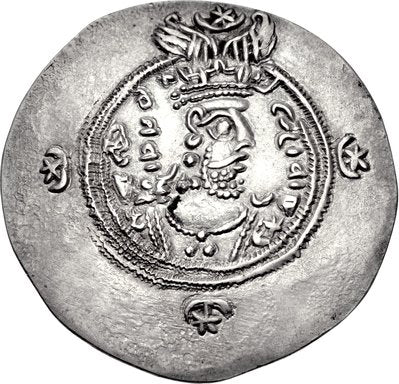
History of Cashmere Research - Yezdajird
